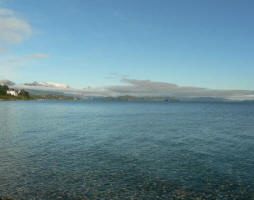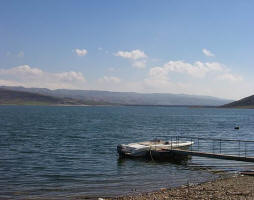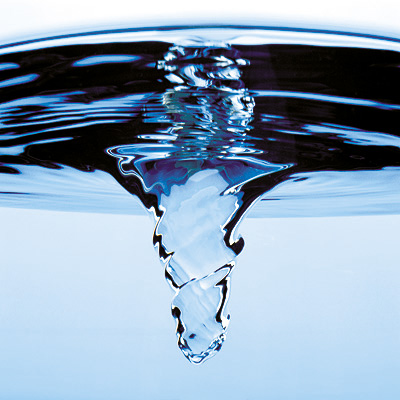 Designing new ways to protect water quality
Designing new ways to protect water quality
Europe's Water Framework Directive states that water is a heritage we must protect and defend. The potential threat of water contamination and the spread of waterborne diseases are becoming more serious than ever before. This is the result of a number of factors, including the increase in population, globalisation and the movement of more people across borders and between continents, and the effects of global warming.
The European Union-funded MICROAQUA project set out to develop a new, highly-efficient, rapid method of detecting waterborne pathogens (bacteria, viruses, protozoa and cyanobacteria) that cause human diseases. Existing techniques are laborious and time-consuming, requiring labour-intensive cultivation and microscopic examination of potential pathogens from water samples. The innovative molecular biological techniques being investigated by the MICROAQUA team would, by contrast, enable the rapid - and more reliable - detection of pathogens in large volumes of water.
The project is due to run until November 2014, but the team has already succeeded in designing and testing the key components of a planned ‘universal microarray chip’. This chip comprises a number of species-specific probes that are able to recognise the nucleic acids from various disease-causing or otherwise harmful organisms. The toxins produced by cyanobacteria, also known as blue-green algae, which are not nucleic acids, are detected using antibodies or other toxin-binding proteins.
In addition to the detection of pathogens, the chip is also being designed to provide an assessment of water quality more broadly. It does this by monitoring the presence of a type of algae called diatoms, which are well-characterised bioindicators of overall water quality.
The long-term aim is that the microarray chip could be used on a more or less continuous basis, providing a sensitive, reliable and inexpensive real-time monitoring and alert system.
Another part of the MICROAQUA project is generating a better understanding of viruses known as cyanophages. These are important because they have the ability to kill toxin-producing cyanobacteria. “There is a possibility,” says MICROAQUA’s project coordinator, Professor Claudio Gualerzi of Università degli Studi di Camerino in Italy, “that these viruses could be deployed in a kind of small-scale ’biological warfare’ against dangerous cyanobacteria”. “However, this part of the project is very much a pilot study,” adds Professor Gualerzi, “and any potential application would require much more development, and would probably only be used under emergency situations”.
“The most complicated and time-consuming parts of the MICROAQUA project have now been completed,” according to Professor Gualerzi. These are the design and validation of the various species-specific probes, and the development of an efficient, standardised procedure for collecting and processing environmental water samples. “The success of this project will significantly enhance our ability to monitor European surface waters for the presence of dangerous microorganisms, viruses and toxins, allowing the early implementation of appropriate management measures,” says Professor Gualerzi.
Only at the end of the project will it be possible to finally construct and test the efficacy of the completed microarray chip. But the results thus far are promising and hopes are high that, thanks to MICROAQUA, Europe will have taken a big step towards the safeguarding of water quality and public health.
Project details
- Project acronym: MICROAQUA
- Participants: Italy (Coordinator), Bulgaria, France, Germany, Ireland, Spain, Turkey, United Kingdom
- Project FP7 265409
- Total costs: €3 886 593
- EU contribution: €2 905 659
- Duration: March 2011 - November 2014
| Contact information | n/a |
|---|---|
| News type | Inbrief |
| File link |
http://microaqua.eu/project |
| Source of information | EC DG Rsearch & Innovation |
| Subject(s) | WATER QUALITY |
| Relation | http://cordis.europa.eu/projects/265409 |
| Geographical coverage | n/a |
| News date | 25/11/2013 |
| Working language(s) | ENGLISH |
 you are not logged in
you are not logged in





